The Shadow of Ancient Forests

Imagine walking through the dense woodlands of Miocene Europe, unaware that eyes are watching you from the shadows. Machairodus, the apex predator of its time, moved silently through these ancient forests like a phantom. This magnificent saber-toothed cat dominated European landscapes for millions of years, yet most people have never heard its name.
Unlike its famous cousin, the saber-toothed tiger, Machairodus remains shrouded in mystery. Archaeological evidence suggests these powerful hunters roamed from Spain to Eastern Europe, adapting to changing climates and evolving alongside their prey. Their story is one of survival, adaptation, and ultimately, disappearance.
Sabers That Defined an Era

The defining feature of Machairodus wasn’t just its impressive size, but those incredible saber teeth that could reach lengths of over six inches. These weren’t just oversized canines – they were precision hunting tools, evolved specifically for delivering fatal bites to massive prey. The teeth were flattened and razor-sharp, designed to slice through thick hide and muscle with surgical precision.
What makes these sabers even more remarkable is their delicate nature. Despite their fearsome appearance, these teeth were surprisingly fragile, requiring careful use during hunts. One wrong move could shatter a tooth, potentially meaning death for the predator. This delicate balance between power and vulnerability tells us something profound about how these cats lived and hunted.
A Hunter Built for Power
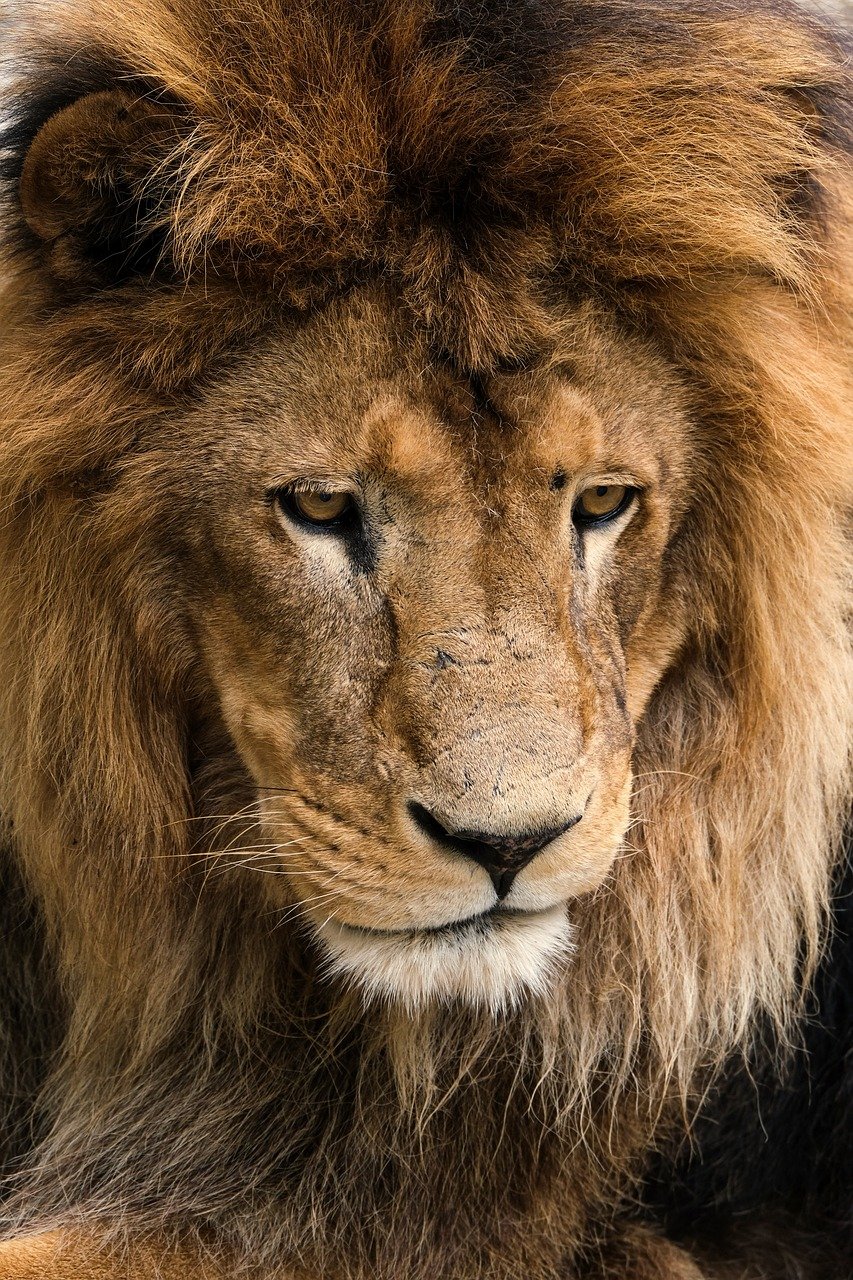
Standing nearly three feet tall at the shoulder and weighing up to 500 pounds, Machairodus was built like a prehistoric tank. Its muscular frame and powerful limbs were perfectly adapted for taking down prey much larger than itself. The cat’s robust build suggests it was an ambush predator, using stealth and explosive power rather than long chases.
The skull structure reveals even more about its hunting style. Machairodus had incredibly strong jaw muscles, but they worked differently than modern cats. Instead of a crushing bite, these muscles were designed to drive those saber teeth deep into prey with controlled force. It’s a hunting strategy that required both strength and finesse – qualities that made Machairodus one of Europe’s most successful predators.
The Mammoth Slayers
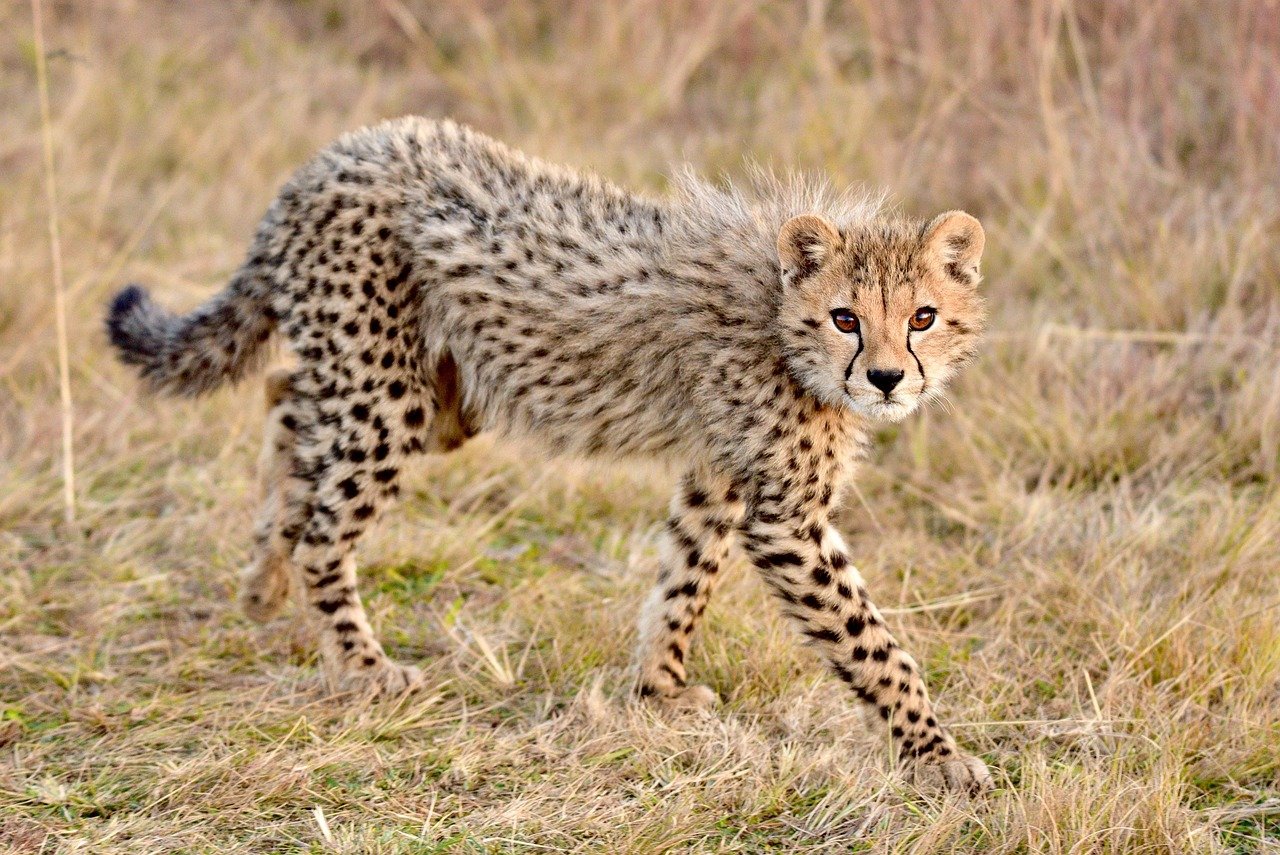
Picture this: a young mastodon wandering too close to a thicket where Machairodus waits in perfect stillness. In one explosive moment, the saber-toothed cat strikes, its massive sabers finding their mark with deadly precision. This wasn’t just fantasy – fossil evidence shows that Machairodus regularly hunted prehistoric elephants, rhinos, and other megafauna.
These hunts were high-risk, high-reward affairs. A single successful kill could feed a Machairodus for weeks, but failure meant potential starvation. The cat had to be incredibly selective about its targets, choosing the young, old, or weak members of herds. This selective hunting behavior may have actually helped maintain healthy populations of their prey species.
Masters of European Landscapes

From the Mediterranean coasts to the steppes of Eastern Europe, Machairodus adapted to diverse environments with remarkable success. Fossil discoveries span an impressive geographic range, suggesting these cats were highly adaptable and mobile. They thrived in woodlands, grasslands, and even semi-arid regions, following their prey across changing landscapes.
Climate fluctuations during the Miocene epoch created new opportunities and challenges for these predators. As forests expanded and contracted, Machairodus populations shifted accordingly. Their ability to adapt to environmental changes helped them survive for over 10 million years – a testament to their evolutionary success.
The Social Question
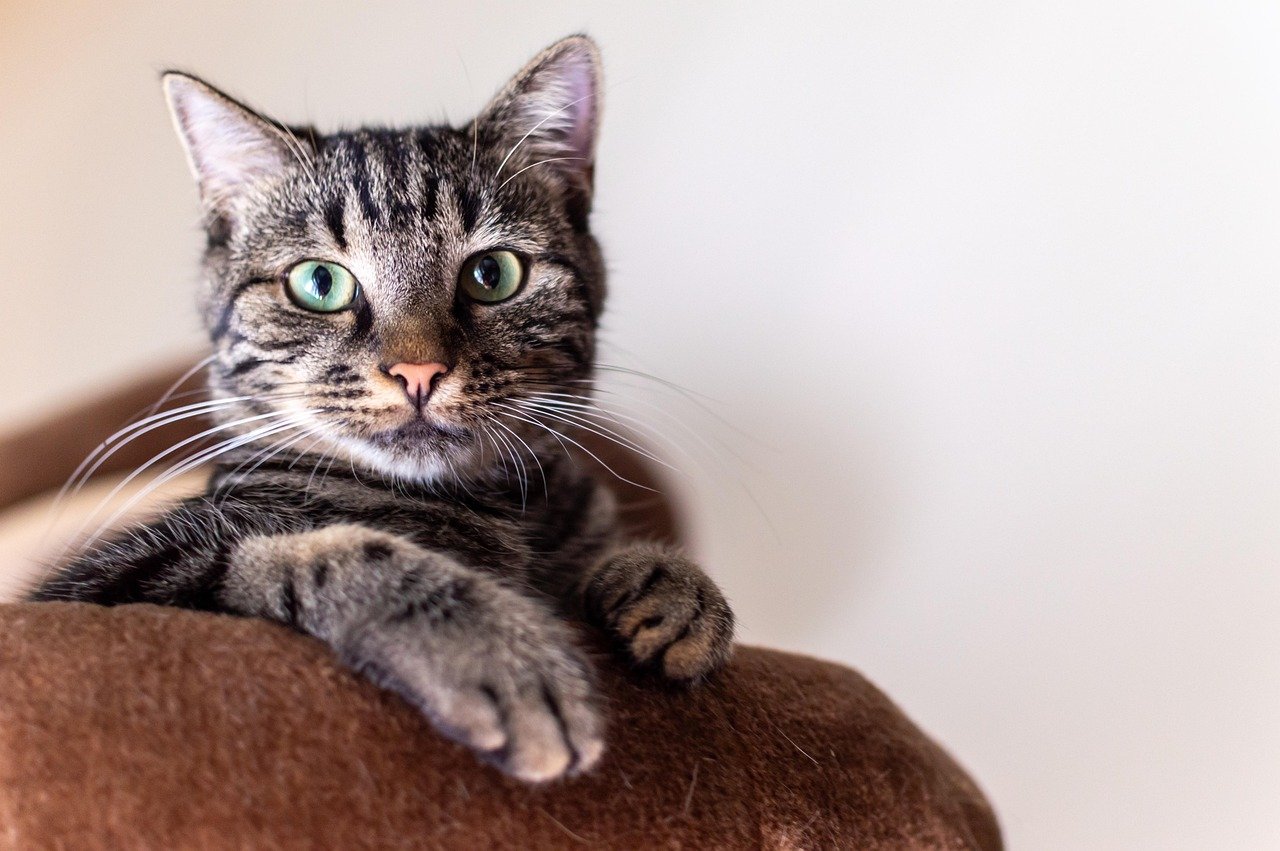
One of the most intriguing mysteries surrounding Machairodus is whether these cats were solitary hunters or lived in social groups. Unlike modern big cats, some evidence suggests that certain Machairodus populations may have hunted cooperatively. Fossil sites containing multiple individuals have sparked debates among paleontologists about their social structure.
The idea of saber-toothed cats working together to bring down massive prey is both fascinating and terrifying. Imagine a coordinated attack by multiple 500-pound predators, each armed with six-inch sabers. If this theory is correct, it would revolutionize our understanding of prehistoric predator behavior and make Machairodus even more formidable than previously thought.
Evolution in Action
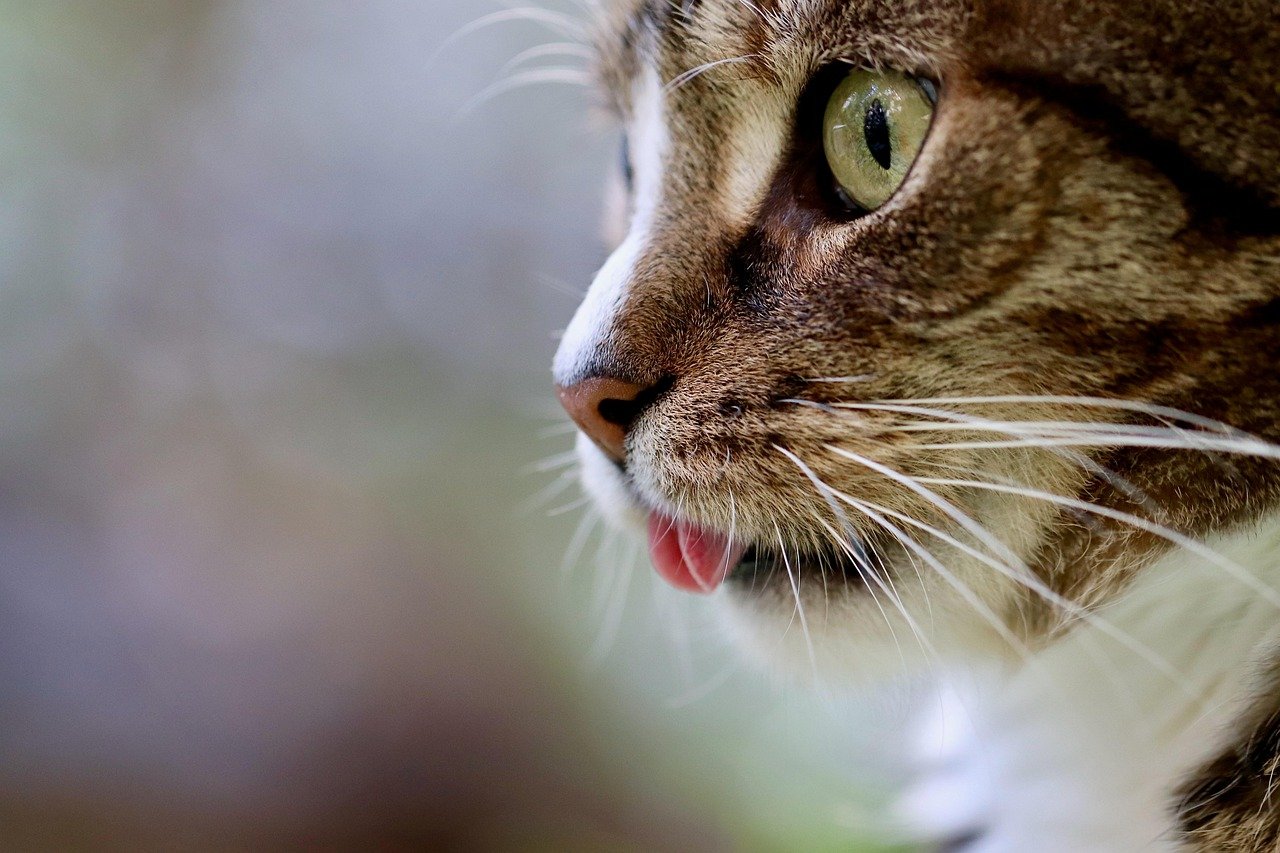
Machairodus didn’t appear overnight – it evolved from earlier saber-toothed lineages over millions of years. The fossil record shows a gradual refinement of the saber-tooth design, with each generation developing more effective hunting adaptations. This evolutionary journey demonstrates how natural selection can produce seemingly impossible predators.
What’s particularly remarkable is how convergent evolution produced similar saber-toothed designs in different cat lineages. Machairodus developed its fearsome weapons independently from other saber-toothed cats, proving that this hunting strategy was so effective that evolution “invented” it multiple times. This parallel development speaks to the incredible success of the saber-tooth design.
Clash of Titans

The ancient European landscape was a battleground where Machairodus faced competition from other formidable predators. Giant hyenas, massive bears, and even crocodiles competed for the same prey and territory. These encounters between apex predators must have been spectacular and deadly affairs, with each species fighting for survival and dominance.
Fossil evidence occasionally preserves signs of these ancient conflicts. Bite marks on bones, broken teeth, and healed injuries tell stories of violent encounters between Europe’s most dangerous predators. Machairodus didn’t just hunt prey – it had to defend its kills and territory from equally dangerous competitors.
The Extinction Mystery

Despite their incredible success, Machairodus eventually vanished from European landscapes around 2 million years ago. Climate change, prey extinction, and competition from other predators likely all played roles in their disappearance. The exact cause remains one of paleontology’s most intriguing mysteries.
What makes their extinction particularly puzzling is that Machairodus survived previous climate fluctuations and environmental changes. Something about the conditions 2 million years ago was different – perhaps the final straw that ended their remarkable evolutionary journey. Understanding their extinction might provide insights into how modern predators could face similar challenges.
Fossil Treasures
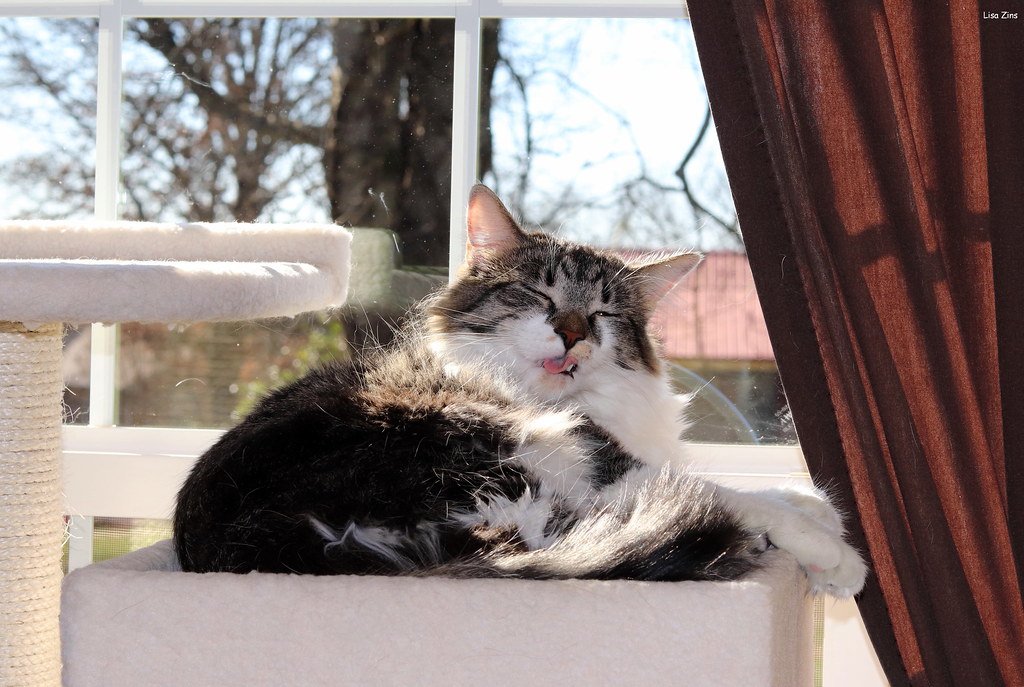
The first Machairodus fossils were discovered in the 19th century, but new finds continue to reshape our understanding of these magnificent predators. Complete skeletons are rare treasures, with each discovery adding new pieces to the puzzle of their lives and behavior. Museums across Europe house these precious remains, offering glimpses into a lost world.
Modern technology has revolutionized how we study these ancient bones. CT scans reveal internal structures, computer modeling reconstructs their movement, and isotope analysis tells us about their diet and environment. Each fossil is like a time capsule, preserving moments from millions of years ago and bringing these incredible cats back to life in our imagination.
Legacy of the Saber-Toothed
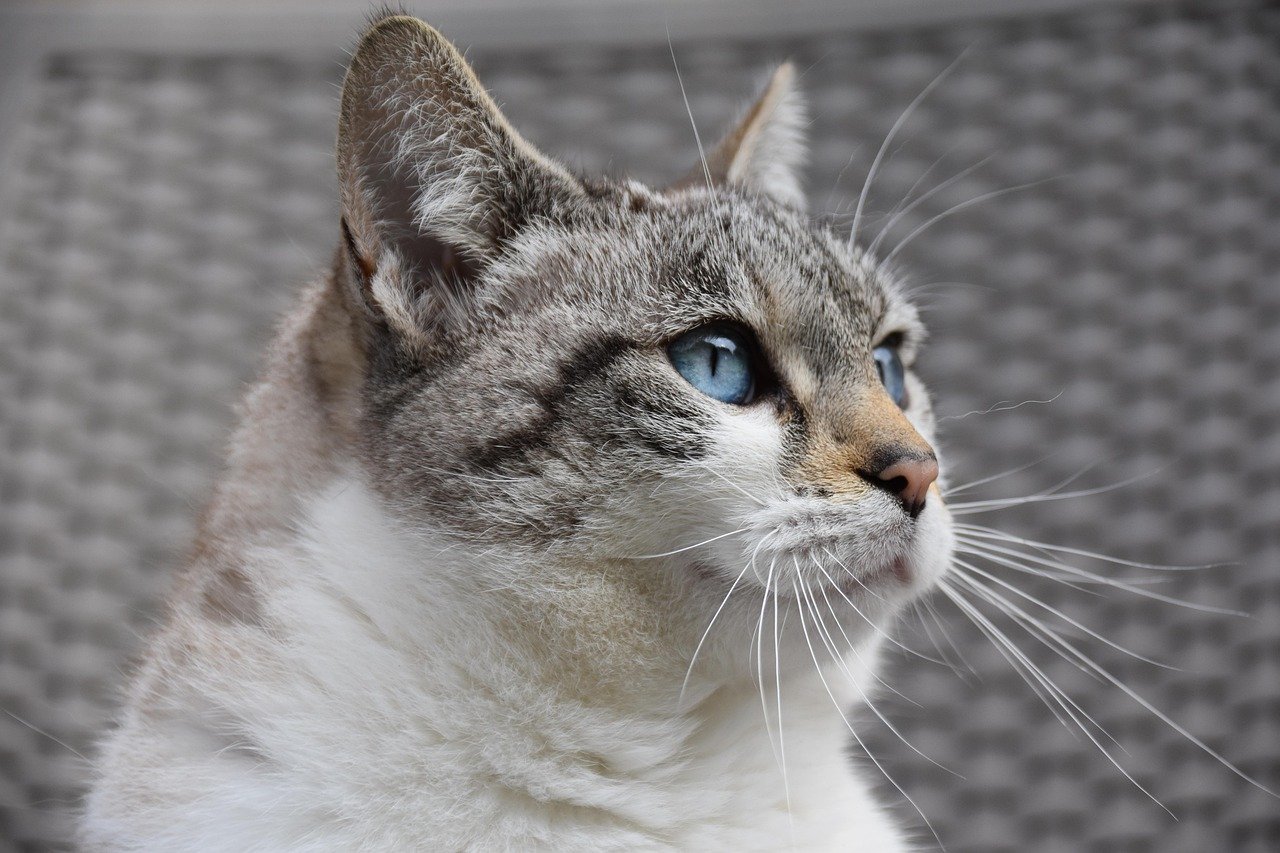
Though Machairodus vanished long ago, its legacy lives on in the evolutionary history of all cats. The genetic innovations that made saber-teeth possible contributed to the incredible diversity of modern felines. Every house cat carries traces of this ancient predator’s DNA, a connection spanning millions of years of evolution.
These prehistoric hunters also remind us that Earth’s history is filled with incredible creatures that once ruled ecosystems now completely transformed. Machairodus represents just one chapter in the ongoing story of life on our planet. Their rise and fall illustrate both the incredible adaptability of life and its ultimate fragility in the face of environmental change.
Modern Discoveries
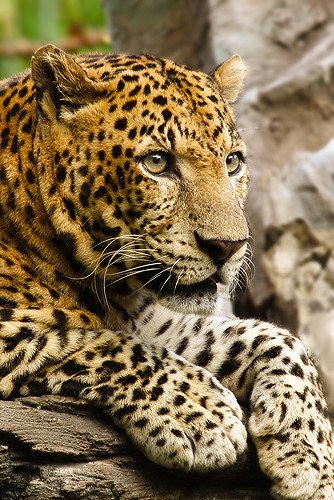
Recent archaeological expeditions continue to uncover new Machairodus fossils, each adding to our understanding of these remarkable predators. Advanced dating techniques have refined our timeline of their existence, while new fossil sites reveal previously unknown aspects of their behavior and distribution. The story of Machairodus is still being written with each new discovery.
What’s exciting is that technology now allows us to extract information from fossils that was impossible to obtain just decades ago. DNA analysis, though challenging with such ancient remains, might eventually reveal genetic secrets locked away for millions of years. The future of Machairodus research looks brighter than ever, promising new revelations about Europe’s forgotten saber-toothed hunter.
Conclusion: Echoes from the Past
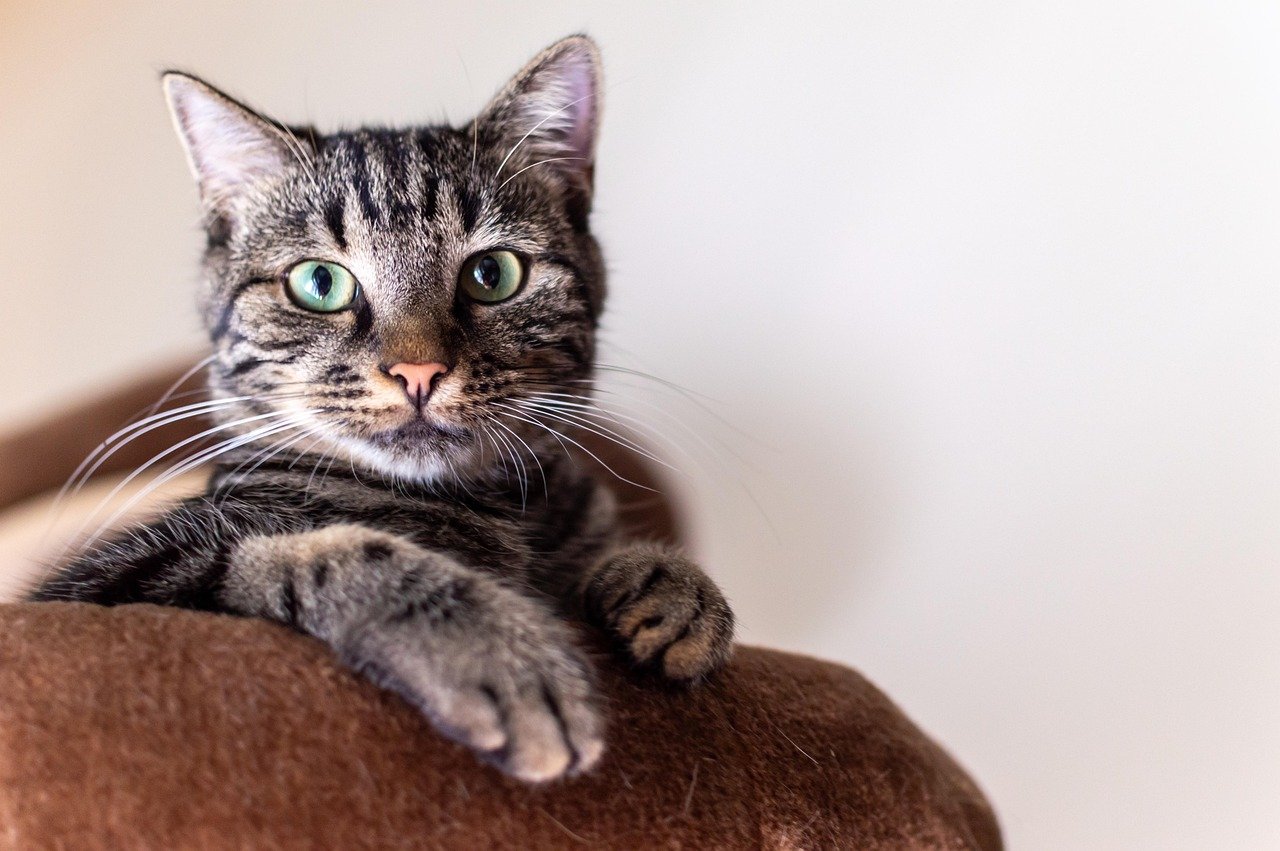
Machairodus stands as a testament to the incredible diversity and power of prehistoric life. These magnificent saber-toothed cats ruled European landscapes for millions of years, adapting to changing environments and evolving into one of the most successful predators in Earth’s history. Their story reminds us that our planet has hosted countless incredible creatures, most of which remain unknown to the general public.
As we continue to uncover their secrets, Machairodus challenges our understanding of prehistoric ecosystems and predator evolution. These cats weren’t just killing machines – they were complex, adaptable creatures that played crucial roles in shaping the ancient world. Their legacy continues to influence how we think about evolution, extinction, and the incredible resilience of life on Earth.
The next time you see a house cat stalking through your garden, remember that it carries the genetic heritage of these ancient giants. In those hunting instincts and predatory grace, echoes of Machairodus still live on. Who knows what other incredible predators await discovery in the fossil record, ready to rewrite our understanding of the past?
Hi, I’m Bola, a passionate writer and creative strategist with a knack for crafting compelling content that educates, inspires, and connects. Over the years, I’ve honed my skills across various writing fields, including content creation, copywriting, online course development, and video scriptwriting.
When I’m not at my desk, you’ll find me exploring new ideas, reading books, or brainstorming creative ways to solve challenges. I believe that words have the power to transform, and I’m here to help you leverage that power for success.
Thanks for stopping by, Keep coming to this website to checkout new articles form me. You’d always love it!






